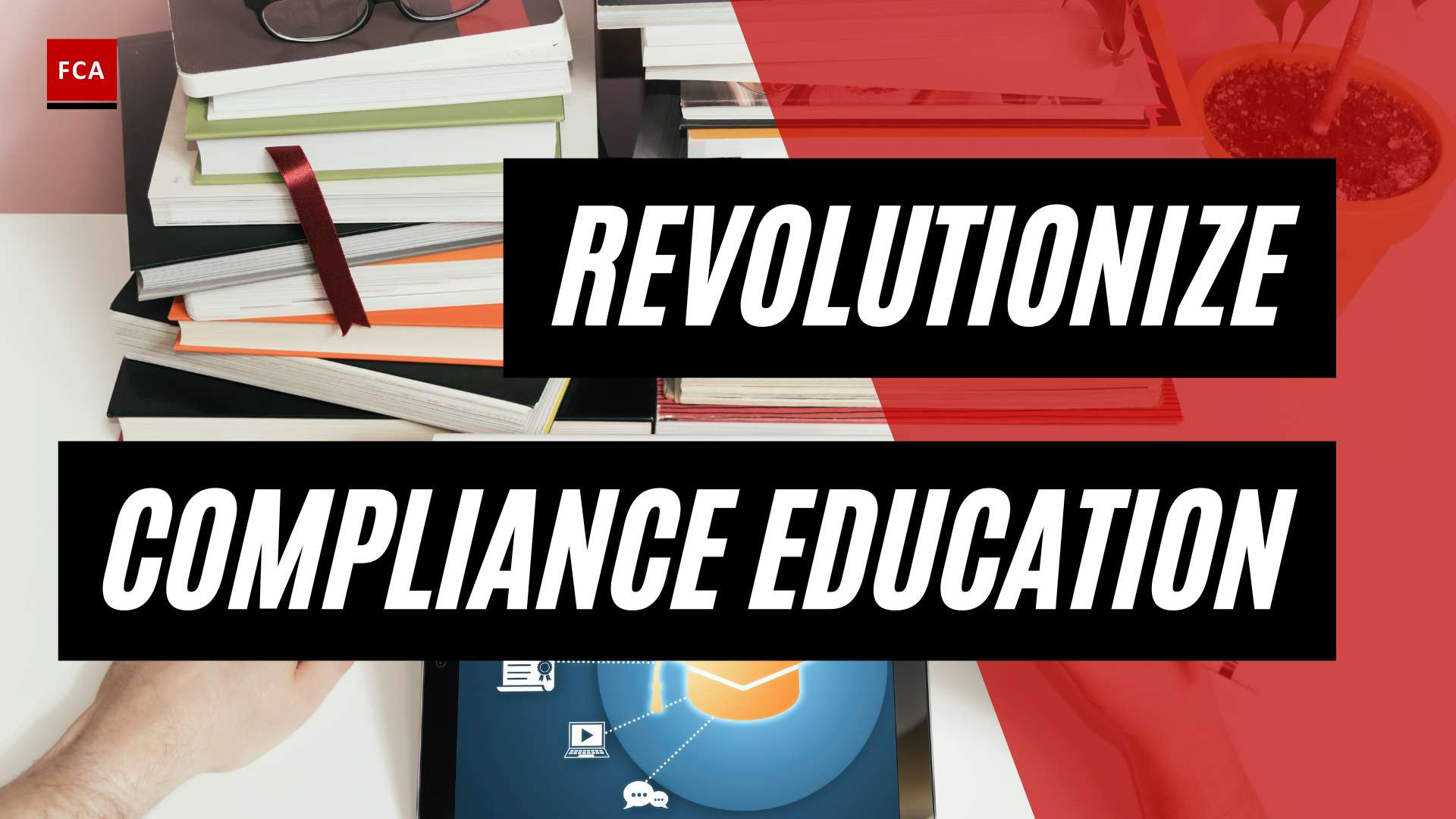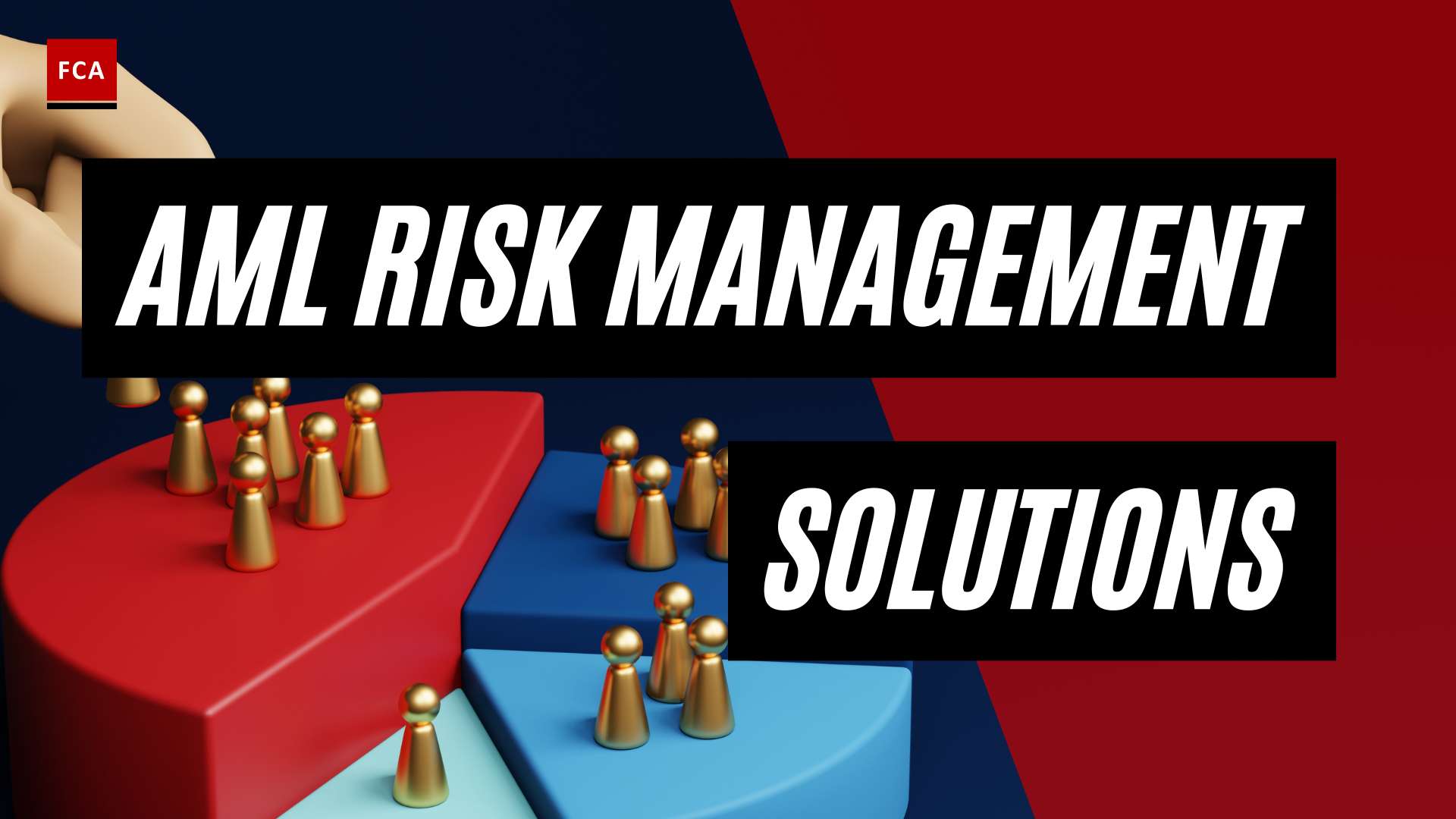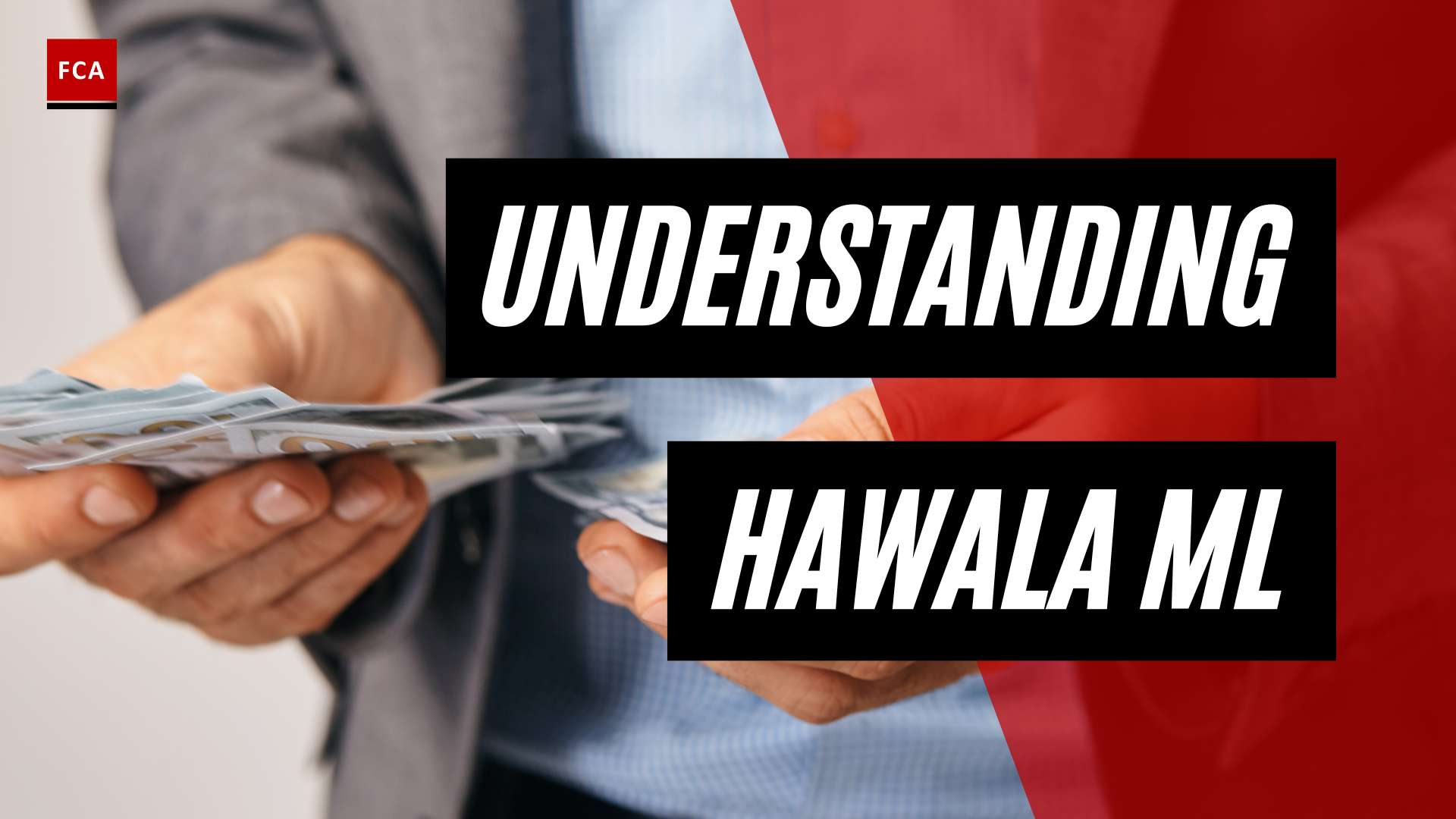AML Compliance Framework: An Overview
To effectively combat money laundering and financial crimes, businesses need to establish a robust Anti-Money Laundering (AML) compliance framework. This framework consists of various components and practices aimed at preventing criminals from using illicit funds within the financial system. Let’s explore the key aspects of the AML compliance framework.
Understanding Anti-Money Laundering (AML) Compliance
Anti-Money Laundering (AML) compliance refers to the set of laws, regulations, and procedures designed to prevent the illegal acquisition and use of funds through legitimate financial systems. The goal is to detect and deter money laundering, terrorist financing, and other illicit activities by implementing measures to identify and mitigate risks.
AML compliance requires businesses, particularly those in the financial sector, to establish robust controls and procedures to monitor, detect, and report suspicious activities. These activities include large cash transactions, unusual transfers, and transactions involving high-risk jurisdictions or individuals. By adhering to AML compliance, businesses contribute to maintaining the integrity of the financial system and protecting themselves from reputational and regulatory risks.
Importance of AML Compliance for Businesses
AML compliance is not just a legal obligation but also essential for safeguarding businesses against financial and reputational risks. By implementing effective AML compliance measures, businesses can:
-
Prevent Financial Crime: AML compliance helps businesses identify and prevent financial crimes, such as money laundering and terrorist financing. By detecting and reporting suspicious activities, businesses contribute to the collective effort to combat illicit funds and maintain the integrity of the financial system.
-
Avoid Regulatory Penalties: Non-compliance with AML regulations can result in significant penalties, fines, and legal repercussions for businesses. By establishing and maintaining a robust AML compliance framework, businesses can mitigate the risk of regulatory enforcement actions and associated financial liabilities.
-
Protect Reputation: Money laundering and financial crimes can severely damage a business’s reputation. By being proactive in implementing AML compliance best practices, businesses demonstrate their commitment to ethical business practices and build trust among customers, partners, and stakeholders.
-
Enhance Risk Management: AML compliance is closely linked to risk management. By conducting thorough customer due diligence, ongoing monitoring, and risk assessments, businesses can identify and manage potential risks associated with money laundering and financial crimes. This proactive approach strengthens overall risk management practices.
-
Comply with Legal Requirements: AML compliance is mandatory for businesses operating in jurisdictions with AML regulations in place. Compliance with these legal requirements ensures that businesses operate within the boundaries of the law and meet their obligations to regulatory authorities.
By understanding the importance of AML compliance and implementing best practices, businesses can safeguard themselves, their customers, and the financial system from the risks associated with money laundering and financial crimes.
USA PATRIOT Act and Bank Secrecy Act
To effectively understand and implement Anti-Money Laundering (AML) compliance, it is essential to be familiar with key provisions and requirements outlined in the USA PATRIOT Act and the Bank Secrecy Act.
The USA PATRIOT Act: Key Provisions and Requirements
Enacted in response to the September 11, 2001 terrorist attacks, the USA PATRIOT (Uniting and Strengthening America by Providing Appropriate Tools Required to Intercept and Obstruct Terrorism) Act introduced significant changes to combat money laundering and terrorist financing activities. The Act imposed obligations on financial institutions and expanded regulatory oversight to safeguard the financial system.
Key provisions and requirements of the USA PATRIOT Act include:
-
Customer Identification Program (CIP): The Act mandates that financial institutions establish and maintain a CIP to verify the identities of customers opening new accounts. This helps to prevent the use of false identities in illicit activities and enhances transparency.
-
Suspicious Activity Reporting (SAR): Financial institutions are required to file SARs with the Financial Crimes Enforcement Network (FinCEN) when they detect transactions or patterns of activity that may indicate money laundering or other illicit activities. This reporting helps law enforcement agencies identify and investigate suspicious activities.
-
Currency Transaction Reporting (CTR): Financial institutions must file CTRs for cash transactions exceeding a certain threshold, currently set at $10,000. This reporting requirement aids in detecting and deterring money laundering and other criminal activities involving large amounts of cash.
For more detailed information on CTR reporting requirements, refer to our article on currency transaction reporting requirements.
The Bank Secrecy Act: Key Provisions and Requirements
The Bank Secrecy Act (BSA) serves as the foundation for AML regulations in the United States. It requires financial institutions to establish and maintain effective AML programs to prevent money laundering and terrorist financing.
Key provisions and requirements of the Bank Secrecy Act include:
- AML Compliance Program: Financial institutions must develop and implement a comprehensive BSA/AML compliance program tailored to their specific risk profile. This program should include policies, procedures, and internal controls to detect and report suspicious activities, as well as ongoing training and independent testing.
For more information on developing an effective AML compliance program, visit our article on BSA/AML compliance program.
- Bank Secrecy Act Reporting Obligations: Financial institutions must meet various reporting obligations under the BSA. These include filing SARs, CTRs, and other reports as required by FinCEN. Compliance with reporting obligations is crucial for maintaining the integrity of the financial system and aiding law enforcement efforts.
For detailed insights into bank secrecy act reporting obligations, refer to our article on bank secrecy act reporting obligations.
Understanding the key provisions and requirements of the USA PATRIOT Act and the Bank Secrecy Act is vital for businesses to establish robust AML compliance practices. By adhering to these regulations and implementing appropriate policies and procedures, organizations can effectively mitigate the risks associated with money laundering and terrorist financing.
AML Compliance Best Practices
To effectively combat money laundering and adhere to regulatory requirements, businesses must implement robust anti-money laundering (AML) compliance best practices. These practices help organizations mitigate risks, ensure regulatory compliance, and maintain the integrity of their operations. Here are key best practices to consider:
Implementing a Risk-Based Approach
A risk-based approach is a fundamental principle of AML compliance. It involves conducting a risk assessment to identify and prioritize the potential money laundering risks specific to the business. By understanding these risks, organizations can allocate resources and implement appropriate controls accordingly. A risk-based approach allows businesses to focus their efforts on high-risk areas and customers, ensuring a more targeted and effective AML program.
Conducting Customer Due Diligence (CDD)
Customer due diligence is a critical component of AML compliance. It involves verifying the identity of customers and assessing the level of risk they pose. Businesses should establish robust CDD procedures, including gathering relevant customer information, conducting identity verification checks, and assessing the purpose and nature of the customer relationship. Enhanced due diligence should also be applied to high-risk customers in accordance with regulatory requirements. For more information on enhanced due diligence, refer to our article on enhanced due diligence for high-risk customers.
Ongoing Monitoring and Reporting
To ensure ongoing compliance, businesses should establish comprehensive monitoring systems to detect suspicious activities. These systems should include transaction monitoring, which involves analyzing customer transactions for signs of money laundering. If any suspicious activities are identified, businesses should promptly report them to the appropriate regulatory authorities in accordance with reporting obligations. For more information on reporting obligations, refer to our article on bank secrecy act reporting obligations.
Staff Training and Awareness
AML compliance requires a well-trained and knowledgeable workforce. Businesses should provide regular training programs to their employees, ensuring they understand the risks associated with money laundering and the importance of compliance measures. Training should cover topics such as recognizing suspicious activities, reporting obligations, and the organization’s AML policies and procedures. For more information on AML training and awareness, refer to our article on AML training and awareness.
Internal Controls and Independent Testing
Establishing robust internal controls is crucial for effective AML compliance. These controls should include policies, procedures, and systems to identify, prevent, and mitigate money laundering risks. Regular independent testing and audits should also be conducted to assess the effectiveness of the AML program and identify any weaknesses or gaps that need to be addressed. For more information on building an effective AML compliance program, refer to our article on bsa/aml compliance program.
By implementing these AML compliance best practices, businesses can enhance their ability to detect and prevent money laundering activities. It’s important to stay updated with the latest regulatory requirements and guidance provided by organizations such as the Financial Crimes Enforcement Network (FinCEN). For more information on FinCEN regulations and guidance, refer to our article on FinCEN regulations and guidance.
Leveraging Technology for AML Compliance
In the ever-evolving landscape of anti-money laundering (AML) compliance, technology plays a crucial role in helping businesses meet regulatory requirements effectively and efficiently. Leveraging technology can streamline processes, enhance accuracy, and improve overall AML compliance efforts. In this section, we will explore the role of technology in AML compliance and highlight key technological solutions for businesses.
Role of Technology in AML Compliance
Technology serves as a powerful tool in combating money laundering and terrorist financing activities. It enables businesses to automate various AML processes, reduce manual errors, and enhance the overall effectiveness of their compliance programs. Here are some key ways technology contributes to AML compliance:
-
Data Analysis and Monitoring: AML compliance requires businesses to monitor transactions, detect suspicious activities, and report them to the appropriate authorities. Advanced data analysis tools and transaction monitoring systems can help identify patterns, anomalies, and potential red flags, enabling businesses to take prompt action.
-
Customer Due Diligence (CDD): Conducting thorough customer due diligence is a critical aspect of AML compliance. Technology solutions such as customer screening software and identity verification systems enable businesses to efficiently verify customer identities, screen against watchlists, and assess the level of risk associated with each customer.
-
Know Your Customer (KYC) Processes: KYC processes involve gathering and verifying customer information. Technology solutions streamline these processes by digitizing document collection, automating identity verification, and ensuring compliance with customer identification program requirements as mandated by the USA PATRIOT Act.
-
Transaction Monitoring and Reporting: Technology facilitates real-time transaction monitoring to detect suspicious activities, including structuring and high-value transactions that need to be reported as per currency transaction reporting requirements. Automated reporting systems simplify the process of generating and submitting regulatory reports to the appropriate authorities, such as the Financial Crimes Enforcement Network (FinCEN).
Key Technological Solutions for AML Compliance
To effectively manage AML compliance, businesses can adopt various technological solutions tailored to their specific needs. Here are some key technological solutions commonly used in AML compliance programs:
| Technological Solution | Description |
|---|---|
| AML Compliance Software | Dedicated AML compliance software solutions provide comprehensive tools for transaction monitoring, risk assessment, case management, and regulatory reporting. These software solutions help businesses streamline their compliance processes and ensure adherence to regulatory requirements. |
| Data Analytics Platforms | Advanced data analytics platforms leverage artificial intelligence and machine learning algorithms to analyze large volumes of data, identify patterns, and detect unusual activities that may indicate money laundering or other illicit activities. These platforms enable businesses to proactively identify and mitigate risks. |
| Blockchain Technology | Blockchain technology offers enhanced transparency, traceability, and security. By utilizing blockchain, businesses can create immutable records of transactions, ensuring tamper-proof audit trails and facilitating more efficient and secure cross-border transactions. |
| Compliance Training and Awareness Tools | Technology-based training platforms and e-learning modules allow businesses to provide comprehensive AML training to employees. These tools help enhance staff knowledge and awareness of AML regulations and best practices, fostering a culture of compliance within the organization. |
By leveraging technology as part of their AML compliance efforts, businesses can strengthen their overall compliance framework, improve operational efficiency, and stay ahead of emerging risks. However, it’s important to remember that technology should be seen as an enabler rather than a substitute for effective policies, procedures, and human expertise. A comprehensive and risk-based approach, supported by appropriate technological solutions, is essential for robust AML compliance.
Staying Ahead of Emerging AML Risks
To ensure effective anti-money laundering (AML) compliance, businesses must stay vigilant and proactive in identifying and mitigating emerging risks. This section explores the importance of staying informed about evolving threats and regulatory updates, conducting regular risk assessments, and fostering collaboration and information sharing within the industry.
Evolving Threats and Regulatory Updates
The landscape of money laundering and illicit financial activities is constantly evolving. Criminals employ new techniques and exploit vulnerabilities, necessitating ongoing efforts to adapt AML compliance measures. It is crucial for businesses to stay updated on emerging threats and regulatory changes to effectively combat money laundering.
Regulatory authorities, such as the Financial Crimes Enforcement Network (FinCEN), regularly issue regulations, guidance, and advisories to address emerging risks and enhance the AML framework. It is essential for businesses to closely monitor these updates and ensure that their compliance programs are aligned with the latest requirements. Internal processes should be established to promptly analyze and implement necessary changes in response to regulatory updates.
Importance of Regular Risk Assessments
Regular risk assessments are fundamental to maintaining an effective AML compliance program. Risk assessment helps businesses identify and evaluate the specific money laundering and terrorist financing risks they face. By comprehensively understanding the risks associated with their operations, businesses can allocate resources appropriately and implement targeted controls.
Risk assessments should consider various factors, including the nature of the business, customer profiles, geographical locations, and products or services offered. The assessment should be conducted periodically or whenever significant changes occur in the business environment. By conducting regular risk assessments, businesses can proactively identify potential vulnerabilities and develop tailored strategies to mitigate risks. For more information on the risk-based approach to AML compliance, refer to our article on risk-based approach to AML compliance.
Collaboration and Information Sharing
To effectively combat money laundering, collaboration and information sharing among industry participants are crucial. By working together, businesses can enhance their understanding of emerging money laundering techniques and share best practices for AML compliance. Collaboration can take various forms, such as participating in industry forums, engaging in public-private partnerships, and sharing suspicious activity reports (SARs) with appropriate authorities.
Sharing information about emerging threats and typologies helps businesses collectively strengthen their AML defenses. It enables them to adapt their compliance programs and implement proactive measures to detect and prevent illicit financial activities. Collaboration also fosters a culture of collective responsibility, where the industry as a whole works towards maintaining the integrity of the financial system.
By staying ahead of emerging AML risks through awareness, risk assessments, and collaboration, businesses can fortify their AML compliance efforts. Implementing robust controls, leveraging technology solutions, and providing AML training and awareness to employees are also critical components of an effective AML compliance program. By continuously improving their AML defenses, businesses can safeguard their operations, protect their reputation, and contribute to a resilient financial system.









